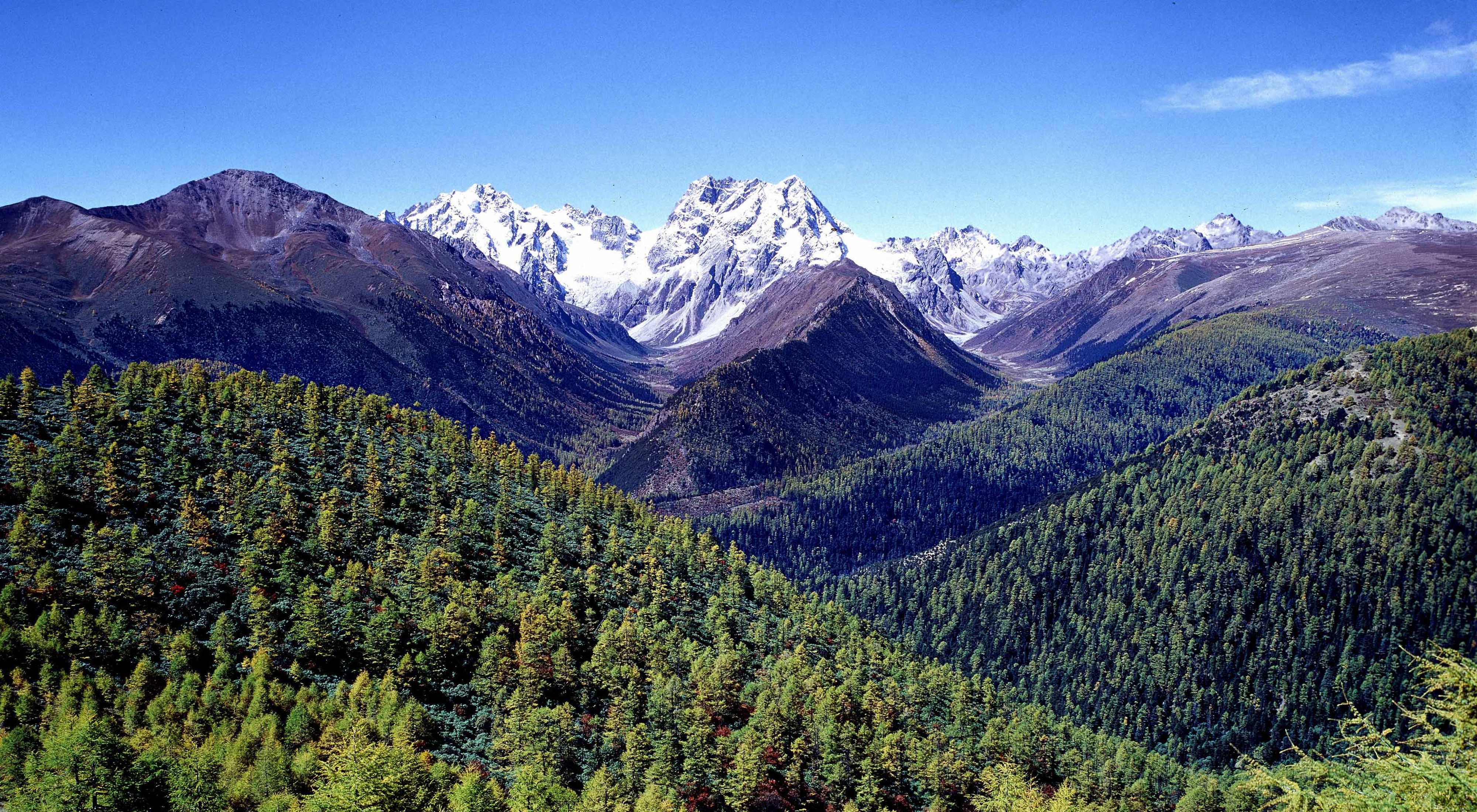The year 2016 was the hottest on record with globally averaged temperatures 0.99°C warmer than the mid-20th century mean. And China fared much worse with the average temperature increasing 1.38°C in the last 50 years.
This is why The Nature Conservancy (TNC) is investing in readily available, cost-effective natural climate solutions.
From melting glaciers on the Tibetan Plateau to a drying north and increasing floods in the south, China is seeing the tangible effects of a changing climate. We must implement strategies to adapt to these changes.
From our earliest days tracking rates of glacial melt and alpine vegetation changes to recent national climate change modeling scenarios, TNC China has been at the forefront of climate change adaptation strategies. After compiling vast amounts of biodiversity data for the country, TNC determined 32 priority conservation areas (PCAs).
We researched these PCAs to assess likely climatic shifts and to understand how conservation planners could adequately prepare for these changes with a dynamic approach. In Sichuan, TNC worked on an action plan for adaptation of biodiversity to climate change. On the coast, TNC analyzed which areas of the Shanghai Chongming Dongtan Wetland will be influenced by sea level rise and created an action plan based on the findings.
Our conservation projects—with focuses including carbon sequestration, rain-fed agriculture, sustainable grazing and habitat restoration—are carried out with climate change resiliency in mind.



